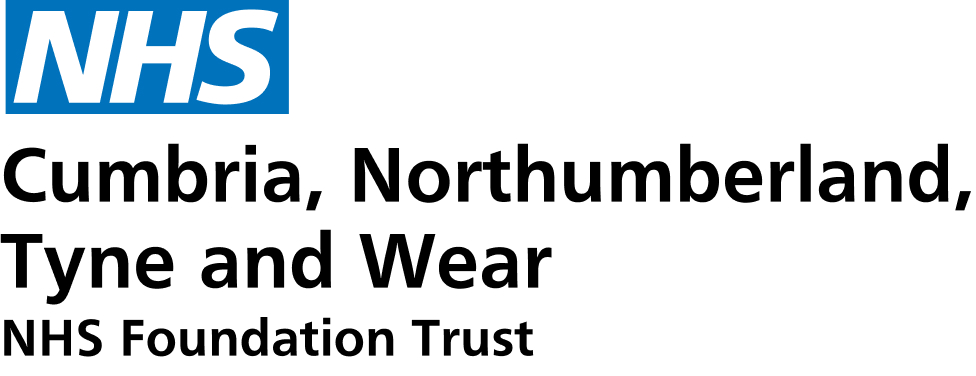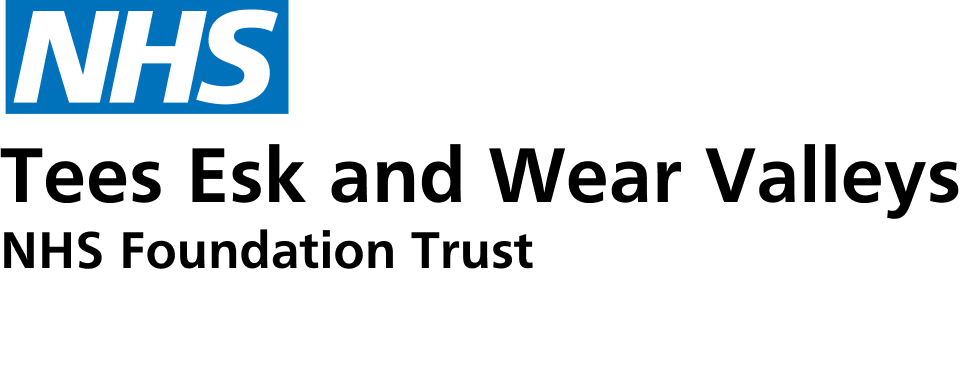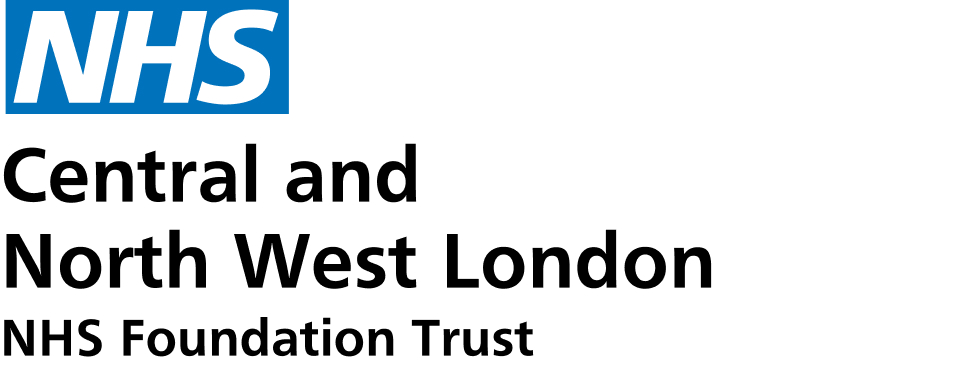A new era for mental health care
LIO brings together digital rounding, ambient monitoring and compliance reporting in one unified platform for inpatient facilities.
A foundation for better care
Whether at the bedside or behind the scenes, LIO supports teams at every level to make informed decisions that drive service-wide improvements in mental health care.
Digital rounding
facilitates rich data collection, reinforces adherence to clinical protocols and minimizes disruptions to patient sleep.
Ambient monitoring
creates an ongoing understanding of patient wellbeing – strengthening situational awareness and prompting timely interventions that prevent avoidable harm.
Compliance reporting
gives leaders a clear line of sight into day-to-day operations, helping them stay close to care delivery and uphold quality across the organization.
Innovation that never stands still
LIO reflects what truly matters to the people who use it, keeping pace with their evolving needs.





Scientifically proven real-world impact
Providers using LIO are proven to deliver safer, higher-quality and more efficient mental health care.
reduction in self-harm1
decrease in falls2
fewer assaults3
reduction in 1:1 observations2
faster observations at night4
Interested in learning more? Download our product brochure to explore LIO in detail, in your own time.
Download
Meeting standards, and raising them



Meeting standards, and raising them
LIO helps staff meet rounding and safety requirements with ease – reinforcing protocol adherence without adding clinical burden.
But it doesn’t stop at compliance. LIO is consistently shown to reduce risk, enhance patient experience and improve the quality of care across the whole facility.
From challenges to solutions
Inpatient mental health services are under immense pressure, with increasing demand, staffing shortages and concerns about safety and quality. Technology alone won’t solve these challenges, but we believe it’s an essential part of the path forward.
adults in the US lives with a mental illness5
Americans live in areas with mental health professional shortages6
of hospitalizations in US psychiatric units result in at least one adverse event7
Chosen by forward-thinking providers across the US and UK





of NHS mental health trusts partner with us
customer sites
hours of patient care
peer-reviewed publications
estimated incidents prevented8
hours of staff time released8

Let’s work together to transform mental health care
Get in touch1. Ndebele, F., et al. (2024). Journal of Mental Health, 33(3), 320-325; 2. Wright, K., & Singh, S. (2022). Journal of Patient Safety, 18(3), 177-181; 3. Ndebele, F., et al. (2022). Journal of Psychiatric Intensive Care, 18(2), 95-100; 4. Buckley, C., et al. (2024). PLOS Digital Health, 3(9): e0000559; 5. National Institute of Mental Health (2024). Mental Illness; 6. Health Resources & Services Administration (2024). Health Workforce Shortage Areas; 7. Vermeulen, J.M., et al. (2018). Psychiatric Services, 69(10), 1087-1094; 8. This is an estimate based on peer-reviewed research and service evaluation data, extrapolated to the whole LIO estate.






